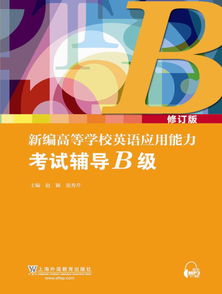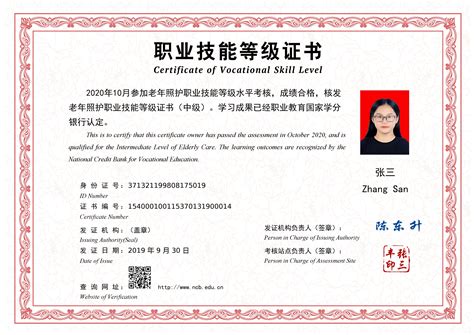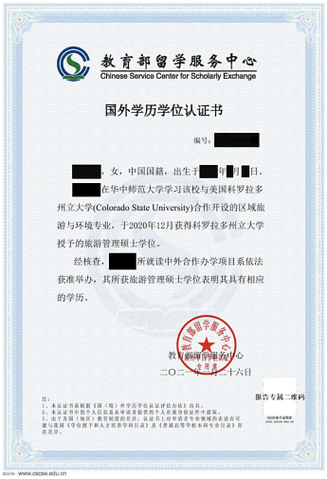中级口译教程7-2饮食艺术
美食的英文表达及常用口语
In this intermediate level guide to food translation and interpretation, we will explore common expressions and vocabulary related to cuisine and dining. This will help you enhance your understanding and communication skills in the field of food and gastronomy.
1. Essential Vocabulary:
Cuisine: The style of cooking or preparing food, typically associated with a specific region or country. Examples include Chinese cuisine, Italian cuisine, etc.
Dish: A particular item of food prepared or served as part of a meal.
Ingredient: Any of the foods or substances used in preparing a particular dish.
Recipe: A set of instructions for preparing a particular dish.
Appetizer/Starter: A small dish served before the main course to stimulate the appetite.
Main course: The primary dish of a meal.
Dessert: A sweet dish served at the end of a meal.
Beverage: A drink or liquid served with a meal, such as water, tea, coffee, or wine.
Spicy: Flavored with or containing spice.
Savory: Having a pleasant taste or smell, usually salty or spicy rather than sweet.
2. Ordering Food:
When dining out or ordering food, it is important to know how to communicate your preferences. Here are some commonly used phrases:
"I would like to order..."
"Could I have the menu, please?"
"What do you recommend?"
"Is this dish spicy?"
"Could I have a glass of water, please?"
"Can I substitute this ingredient with something else?"
"Is this dish suitable for vegetarians/vegans?"
3. Describing Food:
Being able to describe the taste, texture, and appearance of food is essential for a food interpreter. Here are some phrases to assist you:
"This dish is delicious/tasty/flavorful."
"The texture is creamy/smooth/crispy."
"The flavors are wellbalanced."
"The presentation is visually appealing."
4. Cultural Considerations:

Different countries and cultures have unique food customs and etiquette. It is crucial to consider these factors while interpreting foodrelated discussions. For instance:
In some cultures, it is typical to eat certain foods with your hands, while others strictly use utensils.
Understanding dietary restrictions, such as halal, kosher, or vegetarianism, is important in providing accurate interpretation.
5. Gastronomic Tourism:
With the rise in food travel, many people are seeking authentic culinary experiences. As a food interpreter, you may be asked to guide visitors through local food markets, cooking classes, or restaurant tours. Providing background information on traditional dishes and local ingredients will enhance their experience.
In conclusion, mastering the vocabulary, phrases, and cultural aspects related to cuisine and dining is essential for effective food interpretation. Remember to stay updated on the latest food trends and regional specialties to provide accurate and relevant information to your clients. Happy interpreting!











